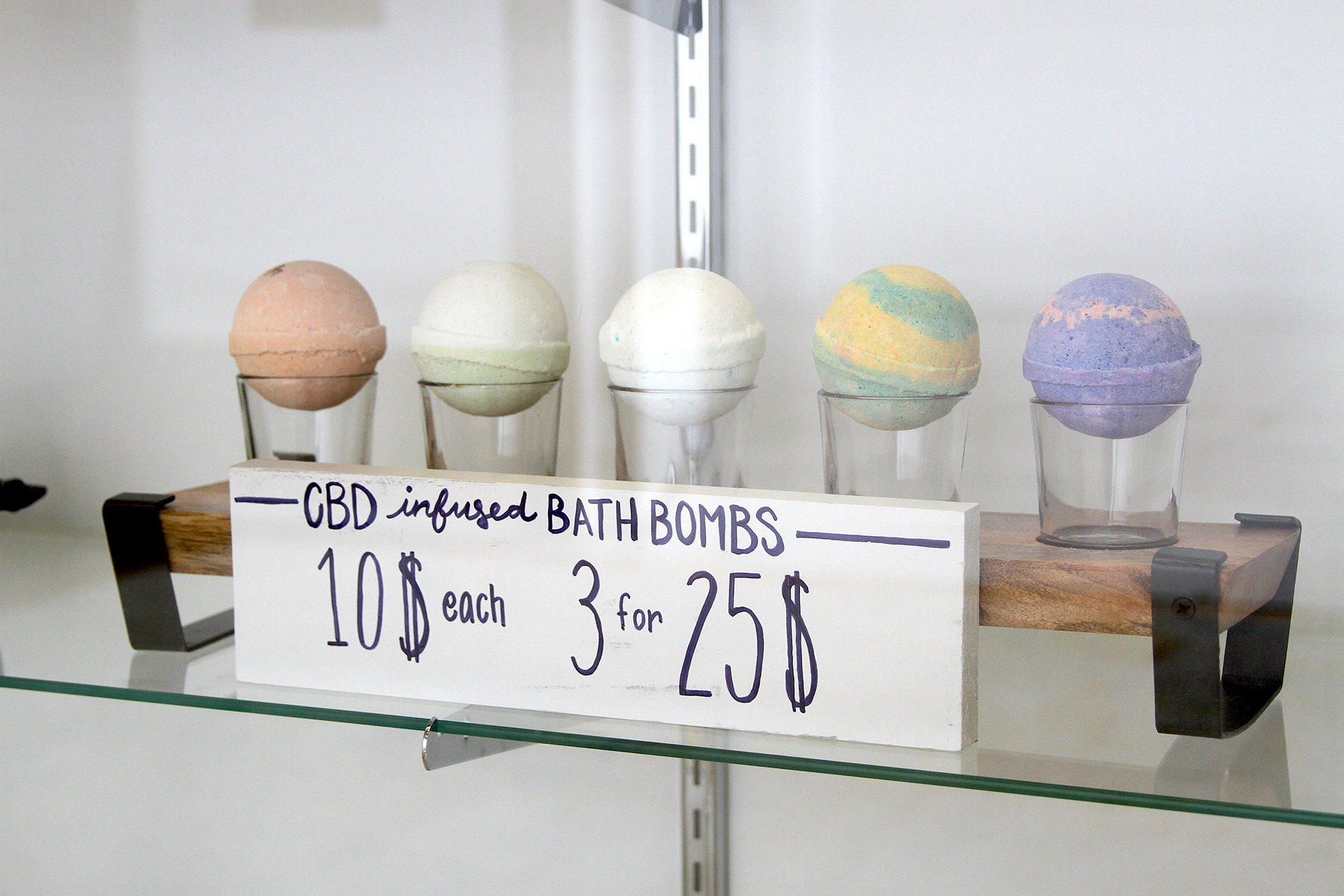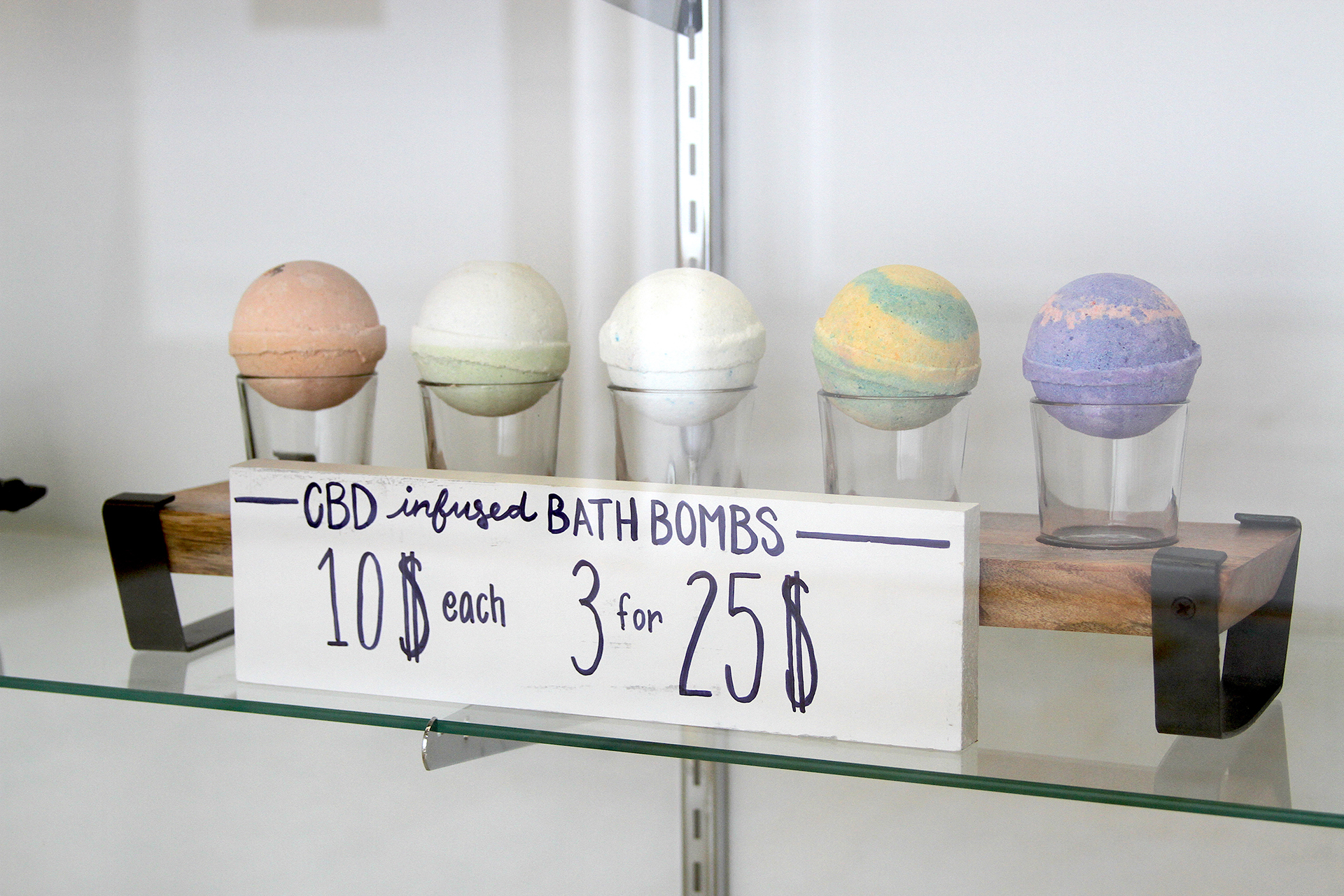Getting To Know Cannabis


Cannabis is a family of plants with two primary classifications — indica and sativa. While marijuana can be considered a member of either family, hemp is classified as cannabis sativa.
Because hemp and marijuana both derive from the same family, they do share certain similarities, but due to each plant’s biological structure, they have several distinct and crucial differences.
To the untrained eye, the two can even look similar, but marijuana, grown in a carefully controlled atmosphere, features broad leaves, dense buds, and has a short, bushy appearance. In stark contrast, hemp, which requires minimal care and is adaptable to grow in most climates, features skinny leaves that are concentrated toward the top of the plant and grows taller and skinnier than marijuana, with few branches beneath its
upper portion.
Cannabis contains a variety of different compounds called cannabinoids, at least 100 of them, but two of the rich and most dominant are tetrahydrocannabinol (THC) and cannabidiol (CBD). Both cannabinoids have shown to provide profound benefits to the human body; however, THC induces psychoactive effects (gets the user “high”) because it binds to receptors in the brain, while CBD, THC’s antagonist, does not contain any psychoactive properties and travels to receptors throughout the body.
President Richard Nixon declared a “war on drugs” and signed into law the Controlled Substances Act of 1970. This law established a set of banned drugs and created the Drug Enforcement Administration. It also unintentionally outlawed hemp, one of the world’s oldest domesticated crops. This not only led to the demise of hemp, but also an increased misconception of the plant.
Under the Controlled Substances Act, marijuana was grouped with all types of cannabis and was made illegal to grow in the U.S. This unfortunately classified hemp as a drug, even though it doesn’t include any of the chemicals that make marijuana a drug.
Marijuana can be smoked, inhaled, ingested, or injected, and used for recreational or medicinal purposes (it depends on the locality whether legally or not) and contains concentrations of THC between 15 to 40 percent, while hemp, on the other hand is primarily used for industrial purposes as it is capable of producing hundreds of crucial resources such as paper, clothing, building materials, biofuel, food products, oils, and more, and is grown with very low concentrations of THC, 0.3 percent or less.
THC is commonly extracted from the plant and used in a variety of methods including vaporizers, capsules, and edibles, and has been used to treat multiple health conditions including pain, nausea, sleep and stress disorders, fatigue, asthma, Tourette’s, sleep apnea, and loss of appetite.
CBD has also been made into capsules and oils, and infused into things like gummy candy, and lowers blood sugar and has been shown to act as an anti-inflammatory. It is also used in treatment of pain, stress, and sleep loss. Like THC, it can help with anxiety, migraines and headaches, cramps, epilepsy, and seizures. CBD has also been used in the treatment of cancer, ALS, Parkinson’s, and Alzheimer’s.
With the fast-growing popularity of CBD across the globe, hemp is also used to produce a wide variety of THC-free CBD products. Although CBD oil and hemp oil are both low in THC, the difference in the amount of CBD these products contain is huge.
Hemp oil has only traces of CBD (around 3.5 percent) while CBD oil can have up to 20 percent. It is the higher concentration that makes CBD beneficial in the treatment of various health disorders. Hemp oil-based CBD products do not contain enough of the compound to be considered much more than a health supplement, with high potassium and magnesium.
The presence of THC in hemp versus marijuana not only plays a huge role in how each plant is used, it is the defining factor in the legality of each plant. Each state/country will have varying laws based on the usage, sales, transportation, and cultivation of hemp, which will widely depend on the THC-content of the hemp plant. Marijuana is illegal in most parts of the world, with states like Colorado and California, and more recently, Vermont and New Jersey, legalizing pot for medicinal and recreational uses.
desiree@indyeastend.com



